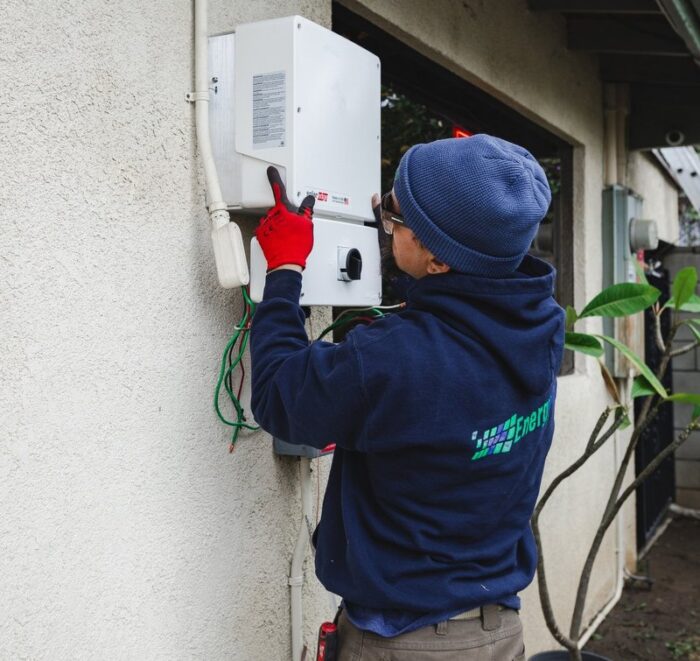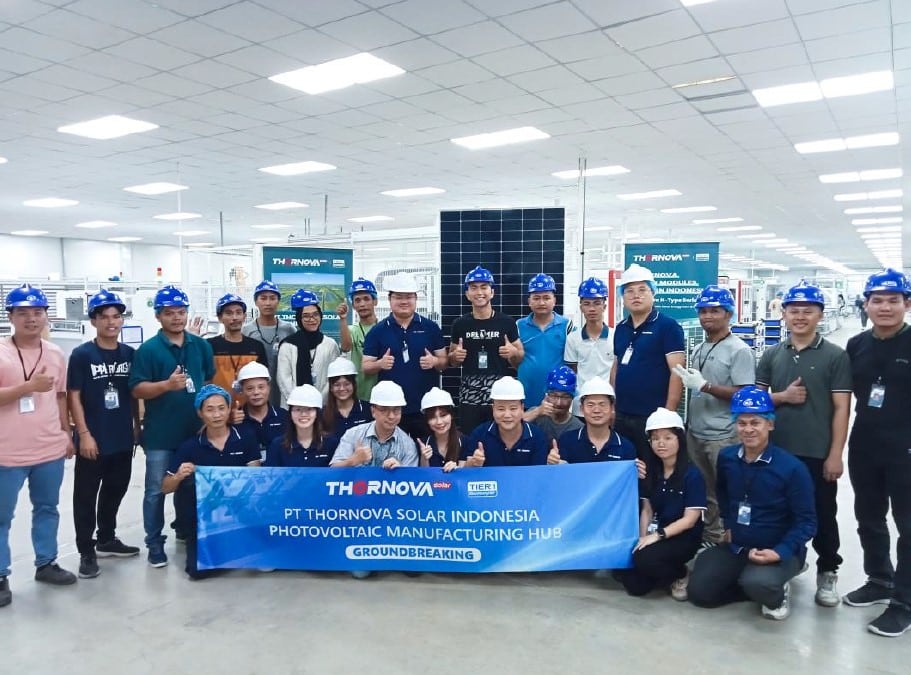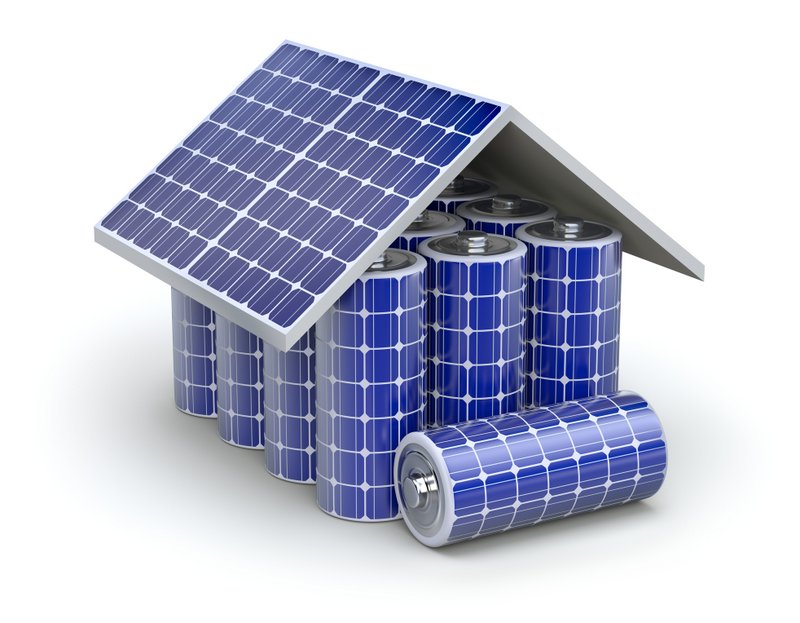Selecting solar inverters for repowering projects

For the 2025 Solar Inverter Buyer’s Guide, we asked every inverter manufacturer about their new products, advancements in technology, and for advice when selecting inverters in certain applications. Here is what they had to say concerning repowering projects, which are becoming more prevalent in the market.
Murrell Rizon, Applications Engineer, CPS America: To identify the most cost-effective retrofit options, an engineering review of the existing design is essential. The components of a solar PV system typically wear out at different rates, rather than all at once. A comprehensive assessment can pinpoint areas for improvement and provide insights into feasible upgrades. All aspects of the system must be evaluated, including PV modules, inverters, racking/tracking structures, electrical infrastructure, and communication/monitoring systems.
Implementing a phased retrofit approach—upgrading subsections of the system incrementally—can optimize the budget and minimize system downtime. Sticking with a single component manufacturer can also ensure consistency across upgraded models.
Considerations for the existing PV System include:
- Evaluating string combinations/wiring to minimize change
- Evaluating AC power distribution to minimize change
- Evaluating existing production – Actual and simulated
- Evaluating alternative solutions – Labor cost and production difference
Dealing with defunct 1000V inverters
“Unfortunately, there are several defunct inverter companies that supplied a significant number of the inverters installed at 1000Vdc in the United States. Both parts and expertise to repair units from companies that have exited the market are increasingly difficult to secure. These units tend to have unusual AC output voltage levels meaning that they were also coupled with specialty transformers. There are very limited options of inverters available that will operate at 1000Vdc and couple directly to these existing transformers.
“Select a central or string inverter that can couple to these specialty transformers while providing a wide enough MPP window to operate with existing PV arrays. The use of string inverters can provide flexibility in matching the sizing of the new inverter bank to the old inverter ratings and specialty rack configurations can also be provided to work within existing equipment mechanical footprints. It may still be necessary to make slight modifications to existing combiner box and string wiring, but this can be kept to an absolute minimum due to the flexibility of our inverter ratings. Of course, repowering can provide an older site with renewed warranty coverage on their inverters for the next 5 or even 10 years ensuring peace of mind for the client.” — Rudy Wodrich, global head of green tech, Siemens Smart Infrastructure USA
Compliance and compatibility
“Local utility regulations and interconnection standards may have evolved since the system’s initial installation. Before proceeding with a repowering project, it is essential to consult the Authority Having Jurisdiction (AHJ) and the utility provider to determine if the latest codes and compliance requirements may apply. While some systems may be grandfathered under previous regulations, any modifications that deviate from the original design could trigger adherence to current standards. Ensuring compliance helps avoid costly or unexpected delays.
“Before selecting a replacement inverter, verify its compatibility with the existing PV array, including string voltage, current ratings, and grounding configurations. If modules have experienced degradation, verify that string voltages remain within the inverter’s operating range under varying temperature conditions by using I-V curve tracing. Modern inverters have higher maximum DC input voltages and wider MPPT voltage ranges, simplifying the inverter selection. However, older arrays may have grounding configurations that are not compatible with transformer-less inverters, check with the PV module manufacturing for compatibility.” — Jose Colom, residential and C&I applications engineer manager, SMA America
Residential repowering sales pitch
“With countless PV systems nationwide reaching the end of their warranty, repowering offers a lucrative sales and service opportunity. When working with string inverters, the upgrade process is especially seamless, eliminating the need for rooftop component replacements and minimizing installation complexity. When repowering a PV system proves to be the most cost-effective and beneficial option for a customer, selecting the right inverter is crucial. The inverter must be versatile enough to retrofit systems across a wide range of voltages and power classes. Additionally, it is essential to source inverters from a reputable manufacturer with an established presence in the solar industry. This not only guarantees a reliable system upgrade but also ensures ongoing support and service, providing long-term value and peace of mind for the customer.” — Bob Wszolek with Fronius USA
“The repowering market is one of the most fascinating emerging sub-markets in solar service and technology. Since systems that have paid for themselves years ago are now net positive, a smaller investment in repowering is becoming an extremely attractive financial proposition. As with new solar systems, component selection for repowering comes down to a few key factors. The equipment must be of good quality, reliable, compatible, and uncomplicated to deploy for installers. For repowering specifically, an inverter should be able accommodate adjustments to name plate production figures to avoid complications with AHJs or long-lived incentives based on system size. As a service-style business, success in repowering also depends on the ability of the installer to be efficient, which means commissioning systems quickly, and monitoring production and performance remotely to reduce service truck rolls.” — JD Dillon, chief marketing & customer experience officer, Tigo Energy





Comments are closed here.